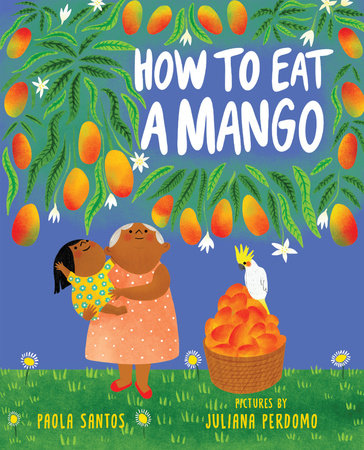By Cherish Kisto (Gila River Indian Community), Tohono O’odham Community College, Haivana Nakya, AZ, with Rebecca Ballenger, University of Arizona, Tucson, AZ
Our world is intrigued and distracted by the Internet and social media, which may desensitize children towards their peers. This list focuses on empathy because in the real world, plenty of us seem to lack, provide or teach it. Empathy here is expressed in multiple ways depending on the person and situation. Common topics that come up in this set are communication and play with people of varying abilities, community supporting one another using different helping methods and acknowledging and accommodating a character’s mental health. This booklist also includes stories of people working towards empathy through policy, societal change and inclusion of communities of people who have been historically oppressed. Additionally, this WOW Dozen allows readers to consider how empathy can be extended to the natural world and how we can protect it while enjoying its beauty. Children who engage with books that feature empathy may be better able to perceive real-life experiences and react to those with a more empathetic understanding of and helping attitude towards their peers. Continue reading



